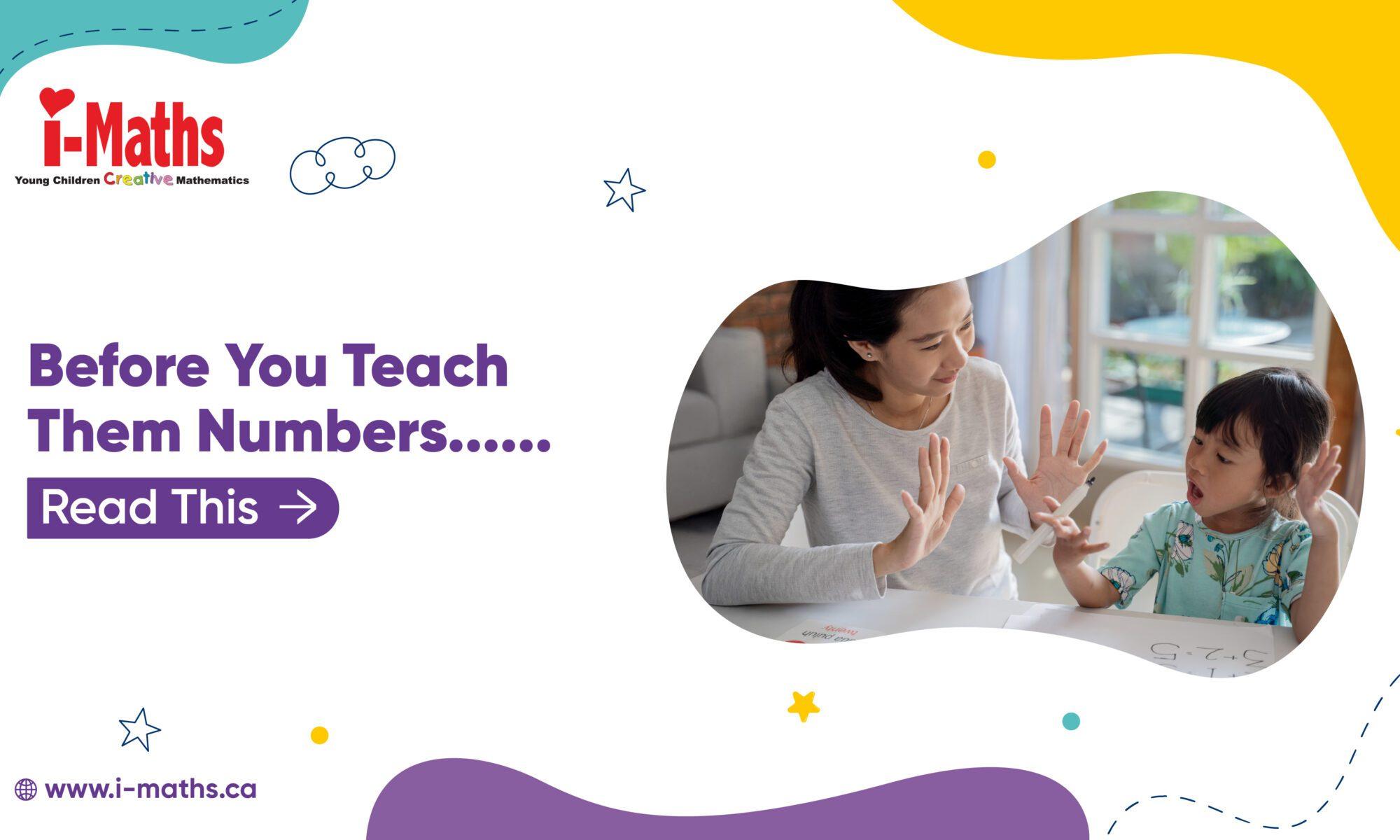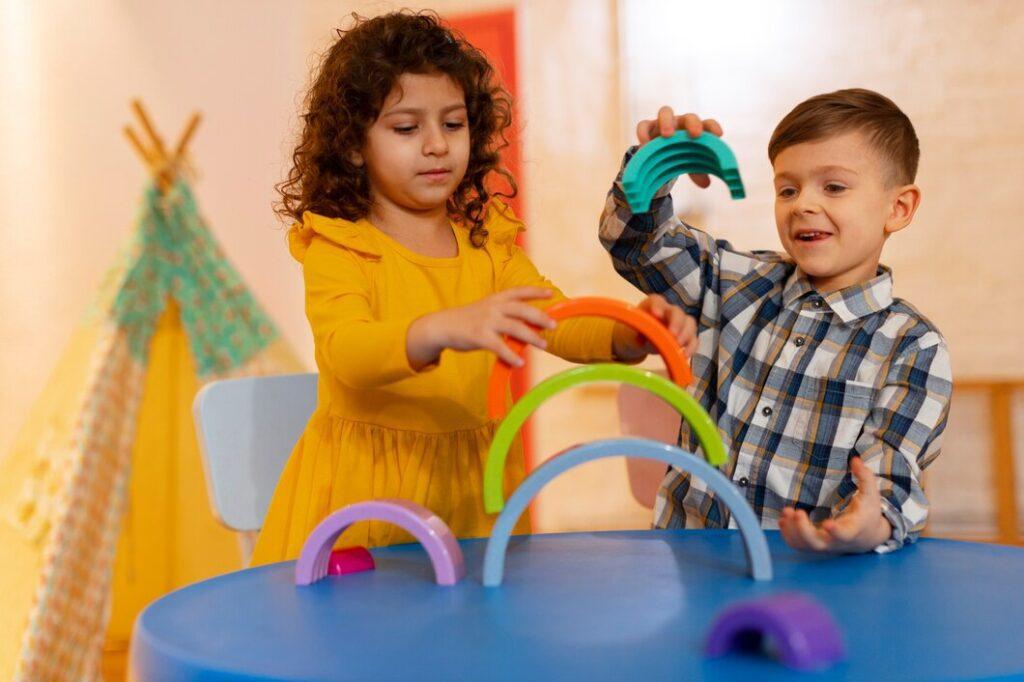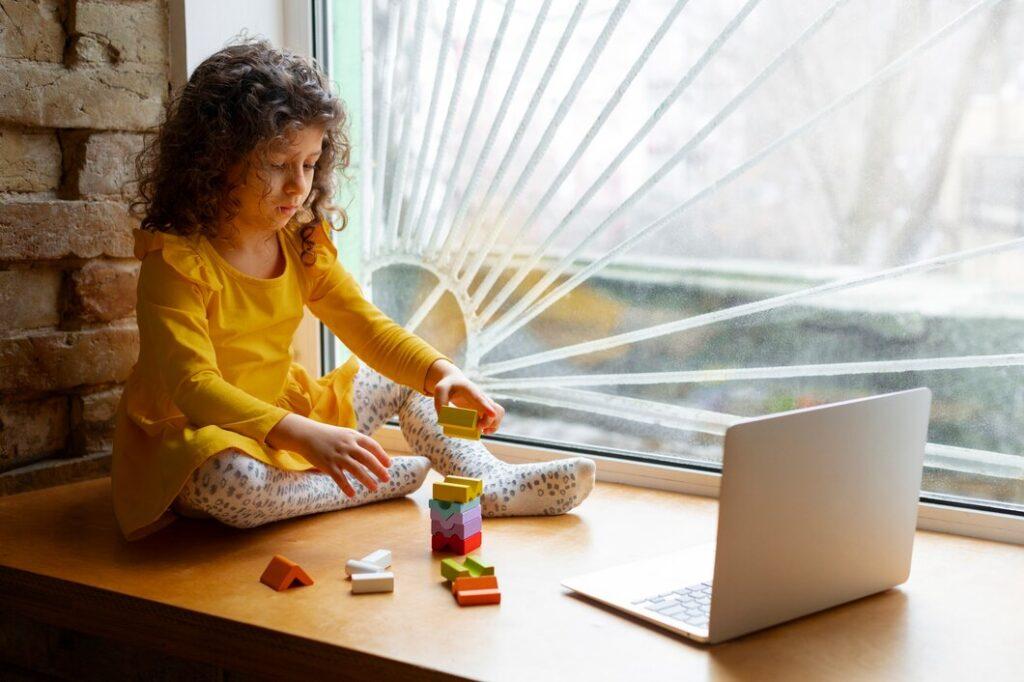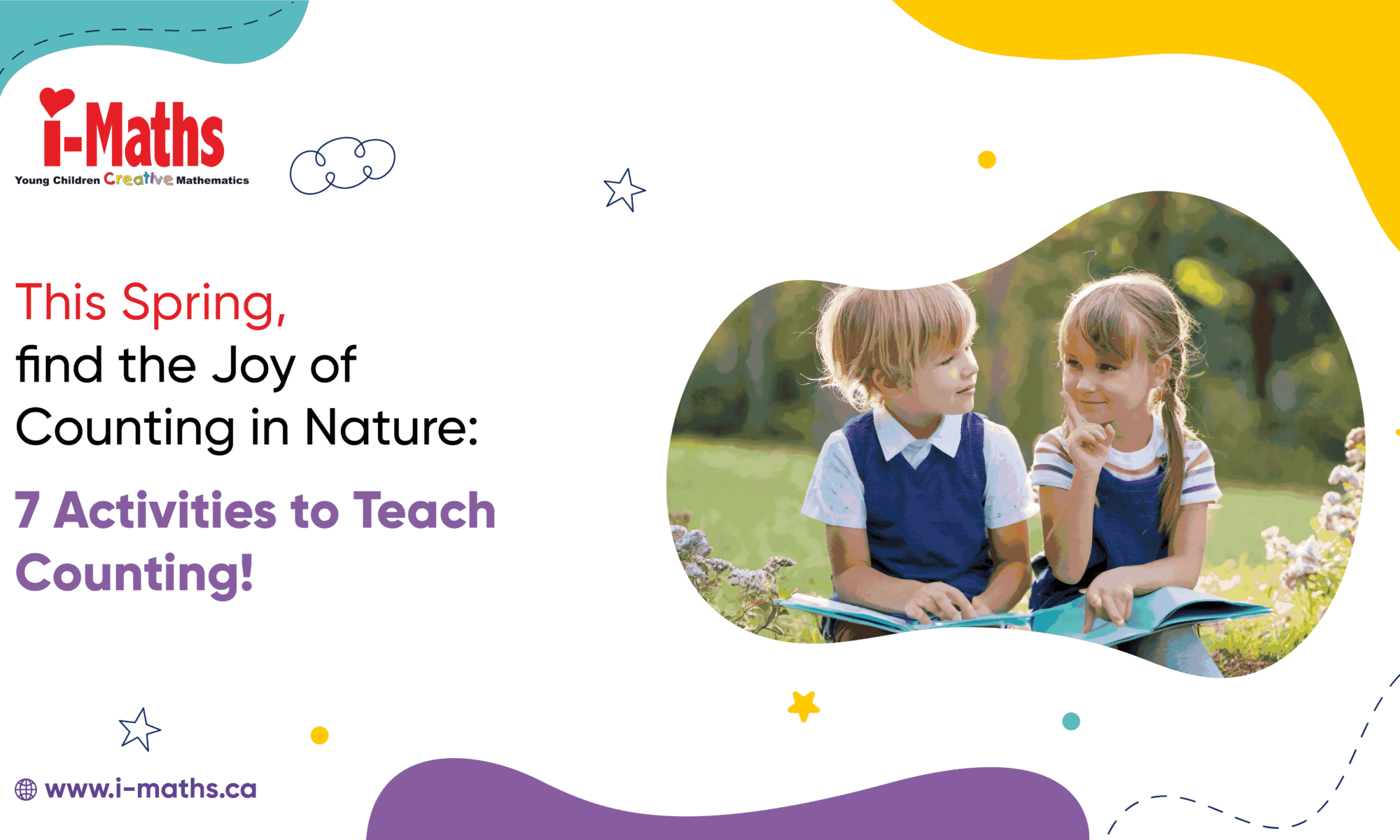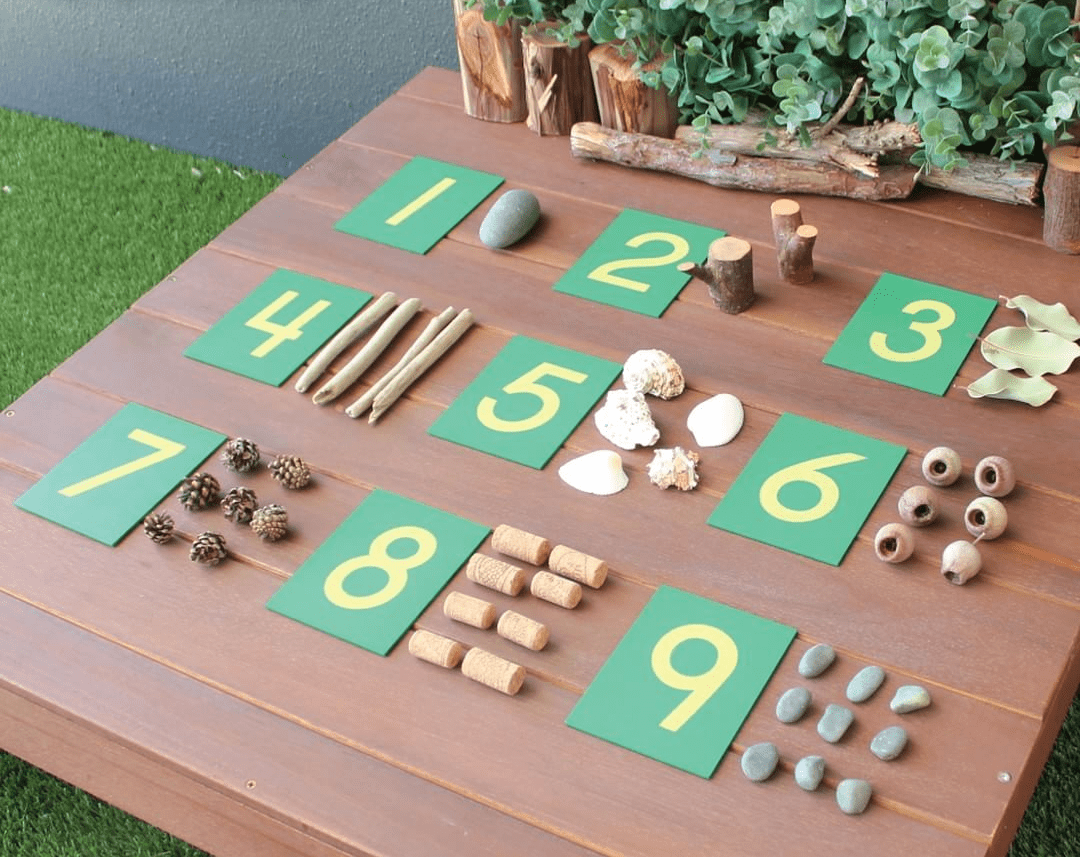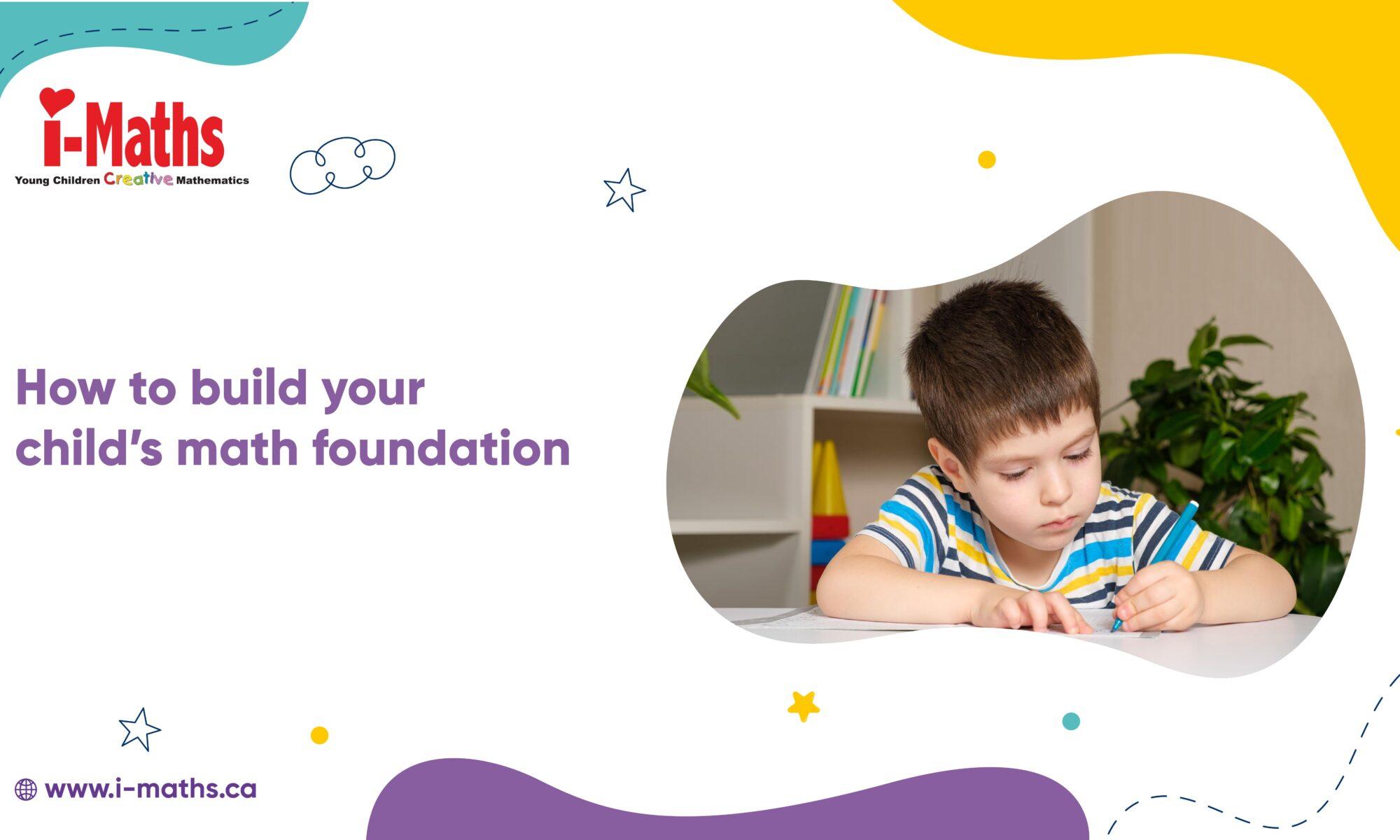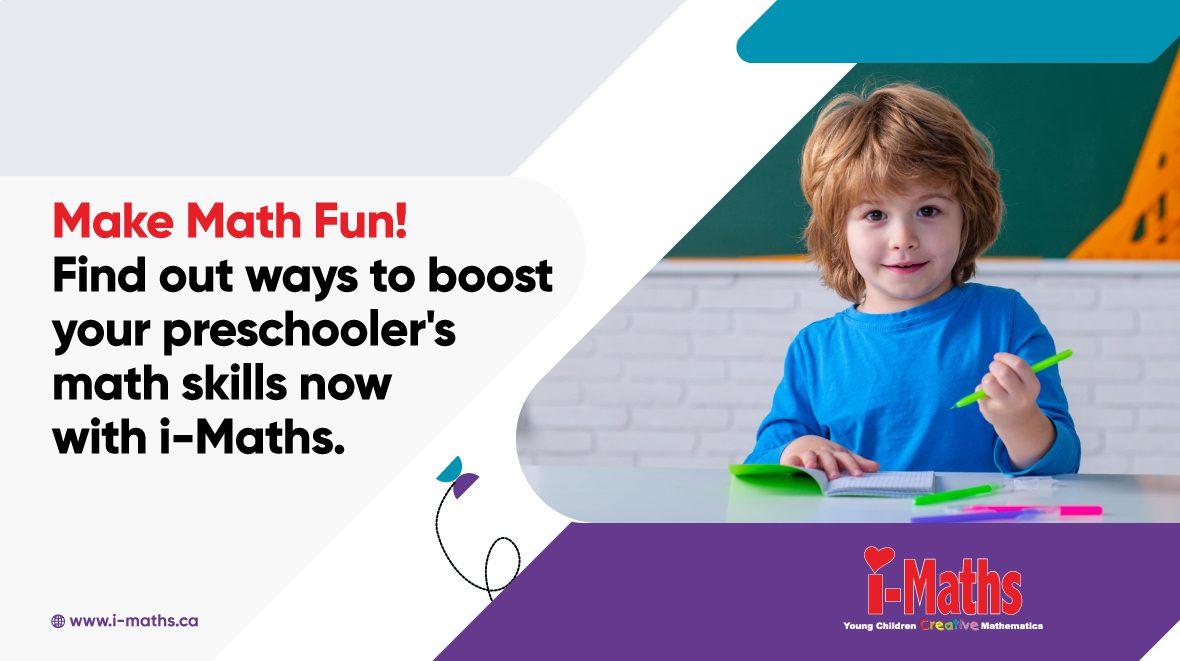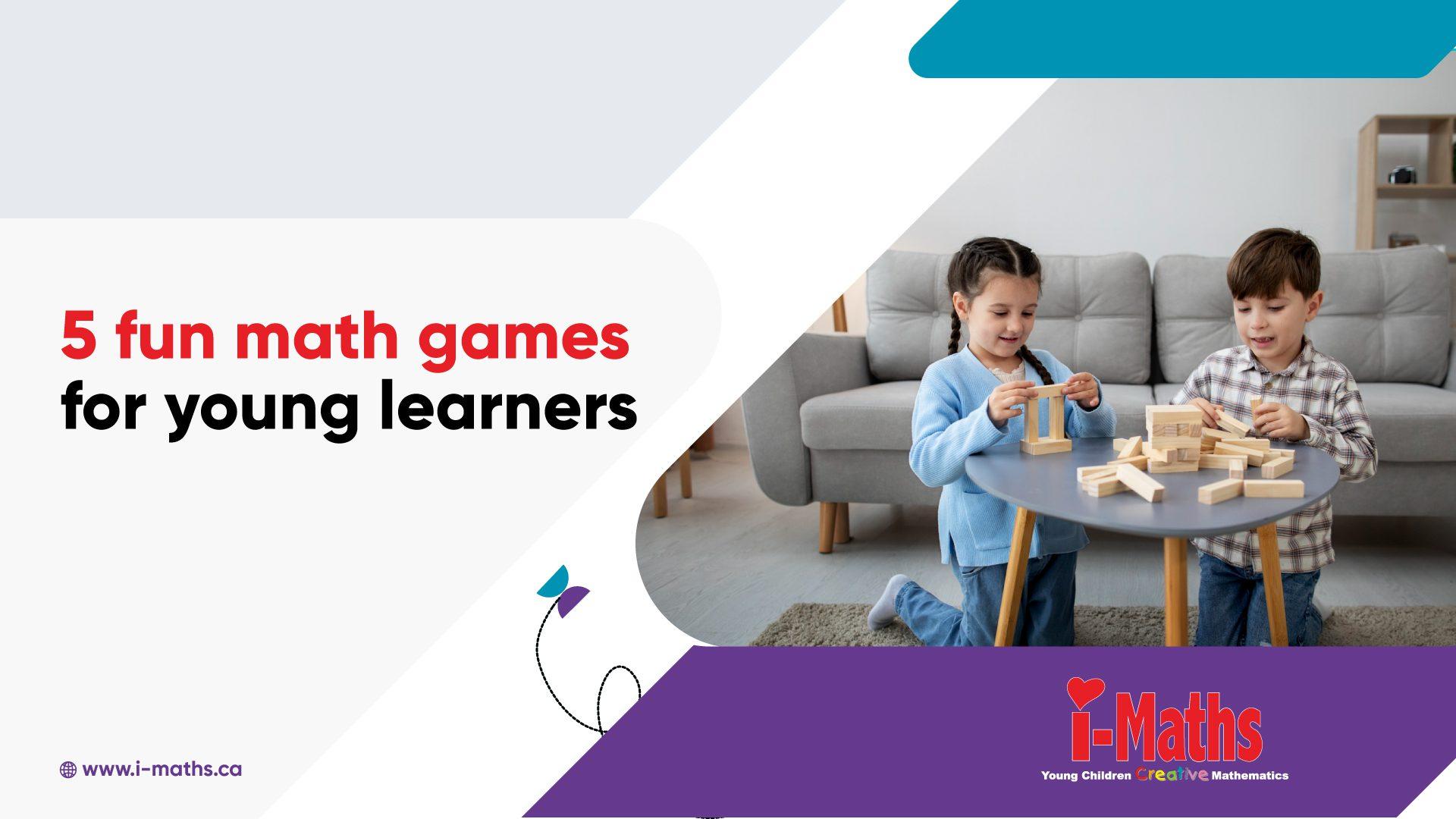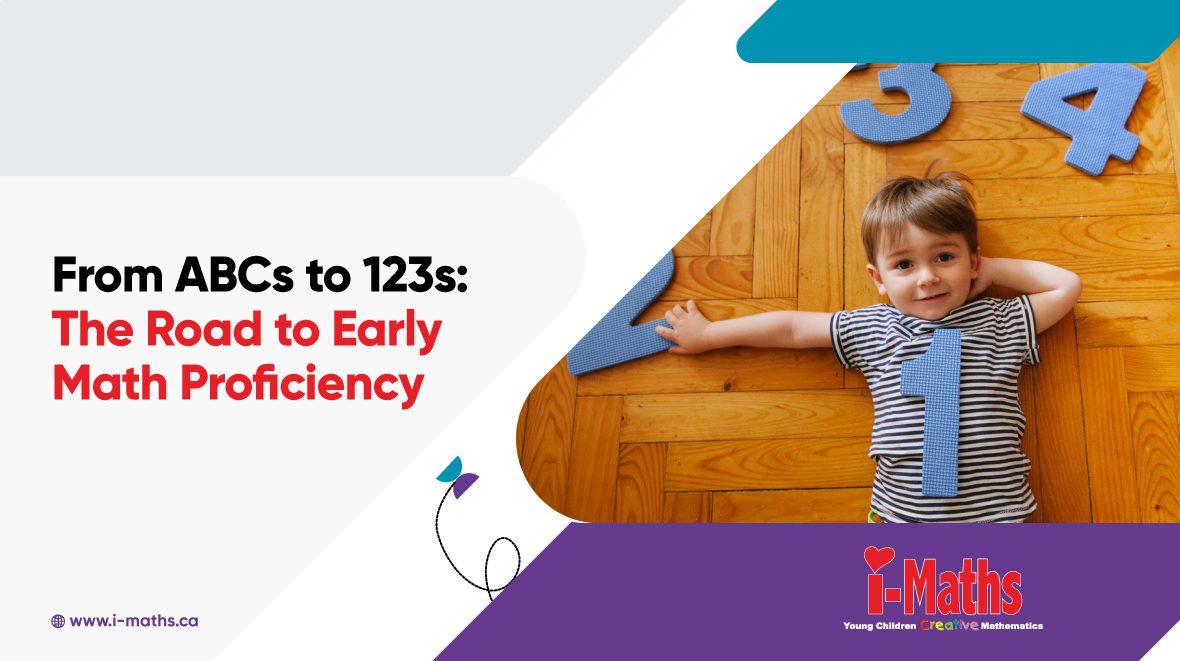When you think about your child’s future, math might not be the first thing that pops into your head – especially if we’re talking about preschoolers. But here’s the thing: according to a Canadian longitudinal study, children who develop strong math skills by kindergarten are more likely to succeed academically across subjects, not just in math. In other words, those early years matter. A lot.
And math for preschoolers isn’t about memorizing multiplication tables; it’s about building confidence, curiosity, and a solid foundation for logical thinking. That’s where research meets practice, and where the right approach can make all the difference.
But How Exactly Does Our Brain Learn Math?
The human brain is wired to recognize patterns and relationships, even before we can count or write numbers. By understanding how the brain processes math, we can choose teaching methods that match the way children naturally learn.
Science shows that the earlier kids get hands-on, multi-sensory exposure to numbers, the stronger their mathematical foundation becomes.

The ‘Number Sense’ Area of the Brain
Deep inside your child’s parietal lobe lies the intraparietal sulcus, the part of the brain responsible for “number sense” – our ability to understand quantity and numerical relationships. Kids aren’t born knowing 2 + 2, but they are born with an innate sense of more vs. less. Early, playful math activities for preschoolers help strengthen this ability before formal schooling even begins.
Neuroplasticity and the Role of Practice
The brain is like a muscle, the more you use it, the stronger it gets. Repeated, varied math experiences create and reinforce neural pathways. This is why math learning centers like i-Maths use a multi-sensory approach (touch, sight, movement) to accelerate understanding.
Why Multi-Sensory Learning Works Best
Research shows that multi-sensory learning boosts retention and comprehension. Think hands-on blocks, drawing shapes, or acting out number stories—it’s not just fun, it’s science-backed learning.
Stages of Math Development in Children
Math learning doesn’t happen all at once—it grows and changes as children mature. By recognizing these stages, parents and educators can match activities to a child’s developmental level, making learning both enjoyable and effective.
Preschool Years – Building Foundations Through Play
In the early years, math for preschoolers means exploring numbers through songs, sorting games, and storytelling. At this stage, it’s about discovery, not drilling.
Early School Years – Moving from Counting to Problem-Solving
Once kids enter formal school, they begin connecting counting with addition and subtraction, using visual models to solve problems.
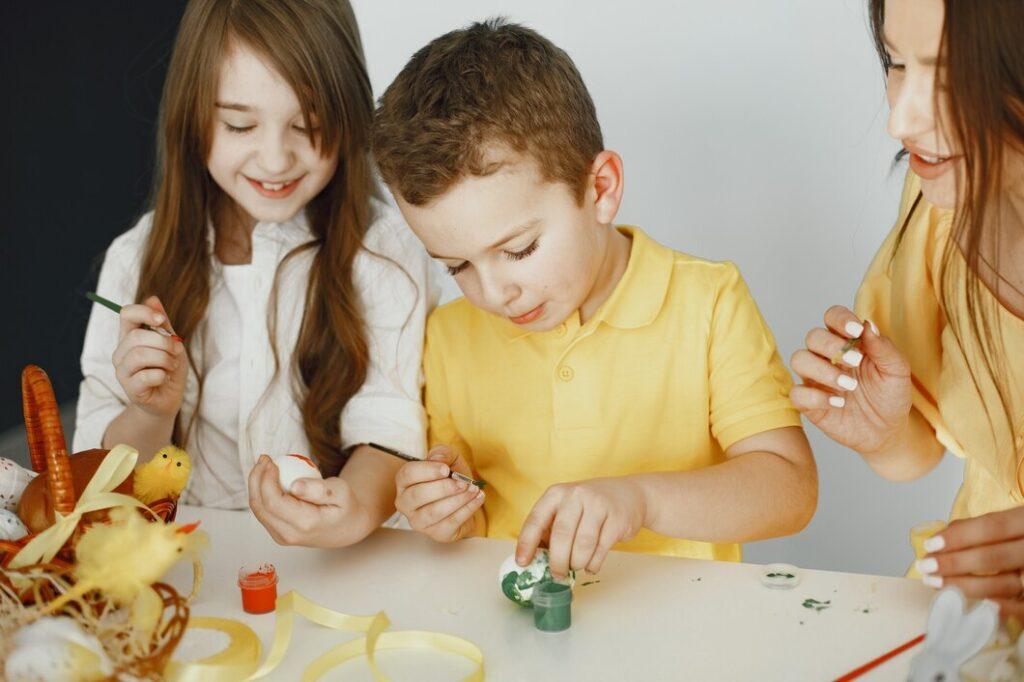
Middle School Years – From Concrete to Abstract Thinking
Older kids shift to more abstract concepts like fractions, decimals, and algebra, skills rooted in the hands-on learning they did earlier.
Cognitive Skills That Support Math Learning
Strong math skills are built on more than memorizing facts – they require mental tools like working memory, focus, and logical thinking. By developing these skills early, kids can handle more complex challenges with confidence.
- Working Memory and Focus: Strong working memory helps children hold numbers in their minds while performing multi-step problems.
- Logical Reasoning and Pattern Recognition: Spotting patterns is key in math, and in life. Pattern recognition supports problem-solving across subjects.
- Executive Function and Problem-Solving Skills: These skills like planning, focus, and flexibility, are sharpened when kids solve open-ended math challenges instead of just filling in the “right” answer.

Emotional Factors That Influence Math Learning
A child’s feelings about math can shape their entire learning journey. When math is associated with fear or pressure, it can block understanding, but when it’s linked to curiosity and moments of success, it builds lifelong confidence. Even young children can experience math anxiety, a reaction that activates the amygdala in the brain and interferes with problem-solving.
This is why creating a positive, playful environment around math is so important. It helps reduce stress and allows children to focus on understanding rather than worrying about mistakes.
Equally important is fostering a growth mindset, the belief that skills can improve with effort and practice. The PISA Canada Report (2019) found that students with a growth mindset tend to perform better academically and show greater resilience in learning challenges.
Parents can nurture this by praising the effort, creativity, and problem-solving strategies their child uses, not just the correct answers. For more on the emotional side of math, you can explore our blog on building emotional intelligence in kids with maths.
Teaching Approaches Backed by Science
Not all teaching methods are created equal. Some approaches simply stick better because they align with how kids think, remember, and apply concepts in real life. Here are a few proven strategies.
The Concrete–Pictorial–Abstract (CPA) Method
Kids start with tangible objects, move to pictures, and then transition to symbols. This method, used in the i-Maths Kindergarten Math Program, ensures deep understanding.
Learning Through Stories and Real-Life Scenarios
Storytelling makes math relatable. A child might not care about “4 + 3,” but if it’s 4 toy cars plus 3 more, suddenly they’re all in.
The Power of Games and Hands-On Activities
Games keep kids engaged while secretly teaching concepts. Many Canadian teachers report that playful math boosts confidence and reduces anxiety.
The i-Maths Way – Where Science Meets Fun
At i-Maths, we combine the latest brain research with creative, interactive activities because we believe math should be exciting, not intimidating. Our Teaching Method is designed to ensure children understand the why behind the numbers, not just the how.
By focusing on concept-based learning instead of rote memorization, we help children build a deeper, more meaningful connection with math.
We also weave playful problem-solving into our lessons, using puzzles, role-play, and hands-on challenges that encourage children to think in new and creative ways. This approach doesn’t just sharpen their problem-solving skills – it also boosts critical thinking and confidence.
At its core, i-Maths is about creating a lifelong love for math. We see it as a language, and our Early Learning Center is where children become fluent speakers. Through engaging, age-appropriate activities, we aim to make math a natural, enjoyable part of their everyday life.
If you’d like to explore how math skills can shape your child’s entire learning journey, take a look at our blog on math literacy in early childhood education.

Choose i-Maths - Start Your Child's Lifelong Love for Learning
Math isn’t just about school; it’s a way of thinking, problem-solving, and understanding the world. When learned the right way, it can be exciting, empowering, and even joyful. At i-Maths, we’ve seen first-hand how the right start changes everything.
If you want your child to experience math in a way that sparks curiosity and confidence, inquire here to learn more about our programs.

